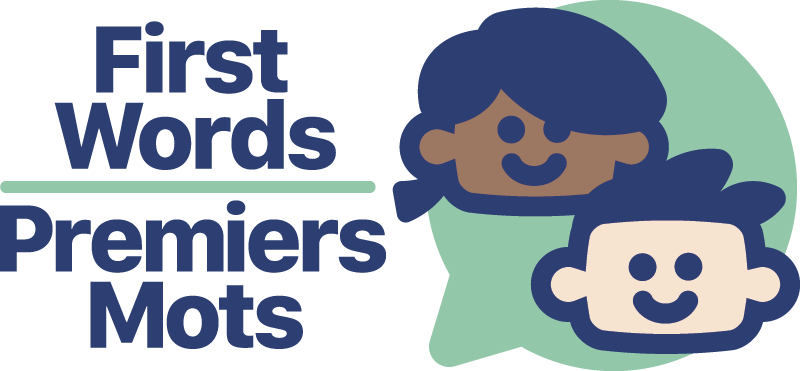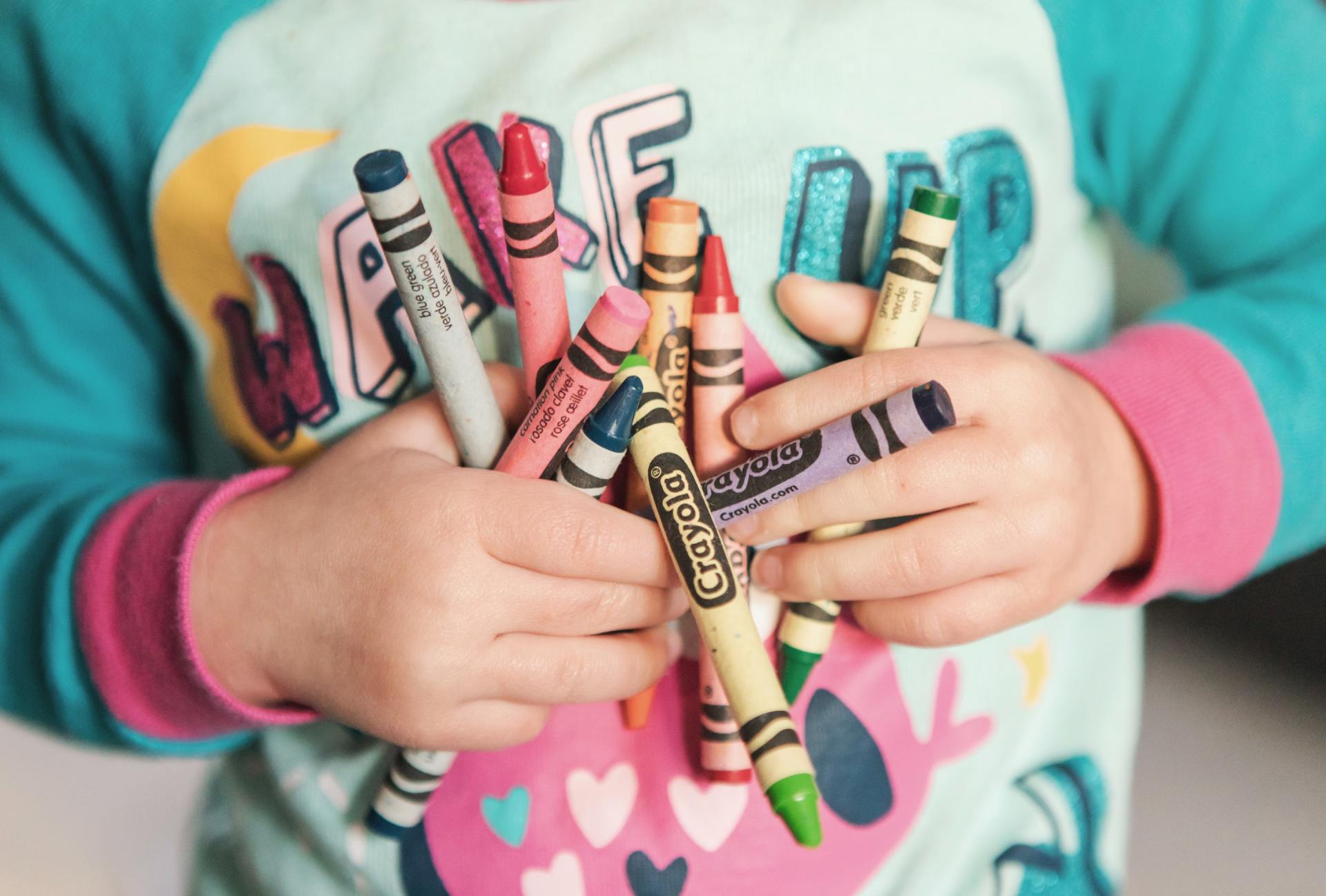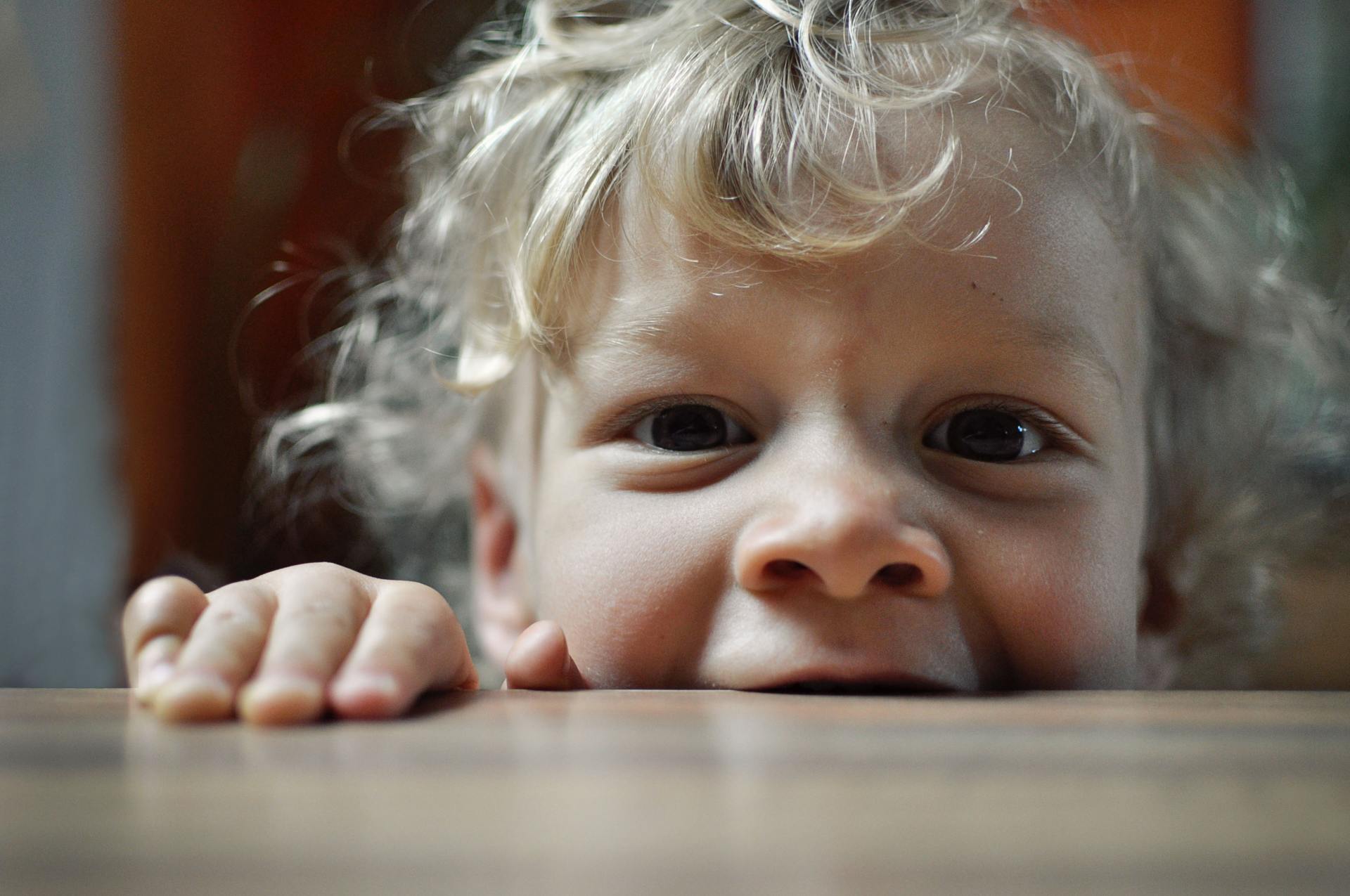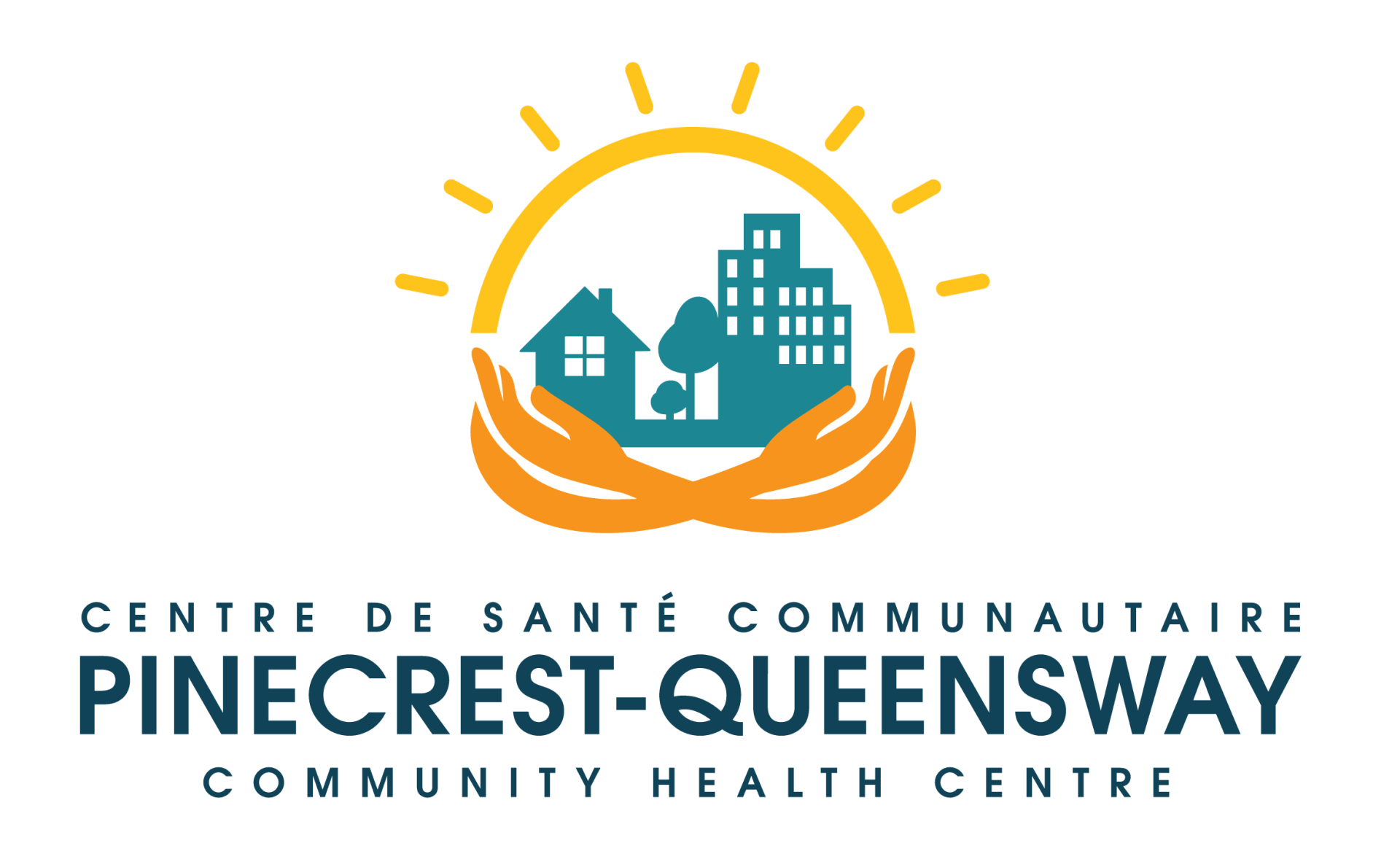Using Reading To Promote Language Development
First Words Ottawa & Renfrew County • March 25, 2020
It’s never too early or too late to start reading to your child. Read to your child often; it helps to develop listening, thinking, language and reading skills. Keep reading materials around the house (comic books, magazines, library books).
For babies and toddlers:
- Let your child choose the book. If they only look at one page or two, don’t worry. Keep the book out as they might return to it later.
- Be face-to-face while you make reading fun. Use an animated voice. Add puppets or stuffed toys, sounds, gestures, actions and words.
- Use books with lots of pictures. Name the pictures (i.e.“Look its a horse.” or “I see a truck”) and take turns talking about the pictures.
- Read their favorite books over and over – this helps them learn new words and understand the story better.
- Let your child fill in the blanks with words (i.e. “Dora said____”). Ask them simple questions (i.e. “Who is next?).
For preschoolers:
- Choose all kinds of books. Start with books they like. Keep the story simple. As your child gets to know the book, add new, more complex words to the story and use longer sentences.
- Read the stories often. Leave out familiar words or parts of the story for your child to fill in (i.e. “Once there was a bear who loved to ____.”)
- Talk about the cause of events by asking: “Why? How come?”. Help your child predict the next event.
- Write and read together. Write a story line under his art picture, a shopping list or put up signs around the house at your child’s eye level (i.e. “Dog food” and “Close the door”). Read labels on shampoo bottles,words on cereal boxes or the street names together.
- Talk about ‘words’ and ‘letters’ as you point to them. Use books with rhyming words or with a focus on a specific sound. Make the link between the letter and the sound (i.e “Mmmmmilk starts with“sss” or “mmm”?”)
Be a great “bookworm”!
Before reading, show them how to use books. Start by looking at the cover, point out and read the title and the author’s name. Look at pictures from left to right. Talk about the characters and the pictures on the cover. Ask questions like “WHAT do you think the story will be about? WHO will be in the story? WHAT will happen?”. Take turns turning pages.
During reading, talk about the pictures. Ask thinking and predicting questions (e.g.. “What’s going to happen next? What would you do? ”). Link the story to the child’s life. Ask them to tell you what just happened – in their own words while using the book. Talk about the character’s feelings. As you read the words, run your finger under them and name some letters in the words (e.g. “Look, DOG starts with d”).
After reading, talk about the main idea and the sequence of events. Keep the story alive: draw the story together, tell the story to someone else, have a puppet show about the story or have a special snack related to the book (e.g. fish crackers after “The Rainbow Fish”).
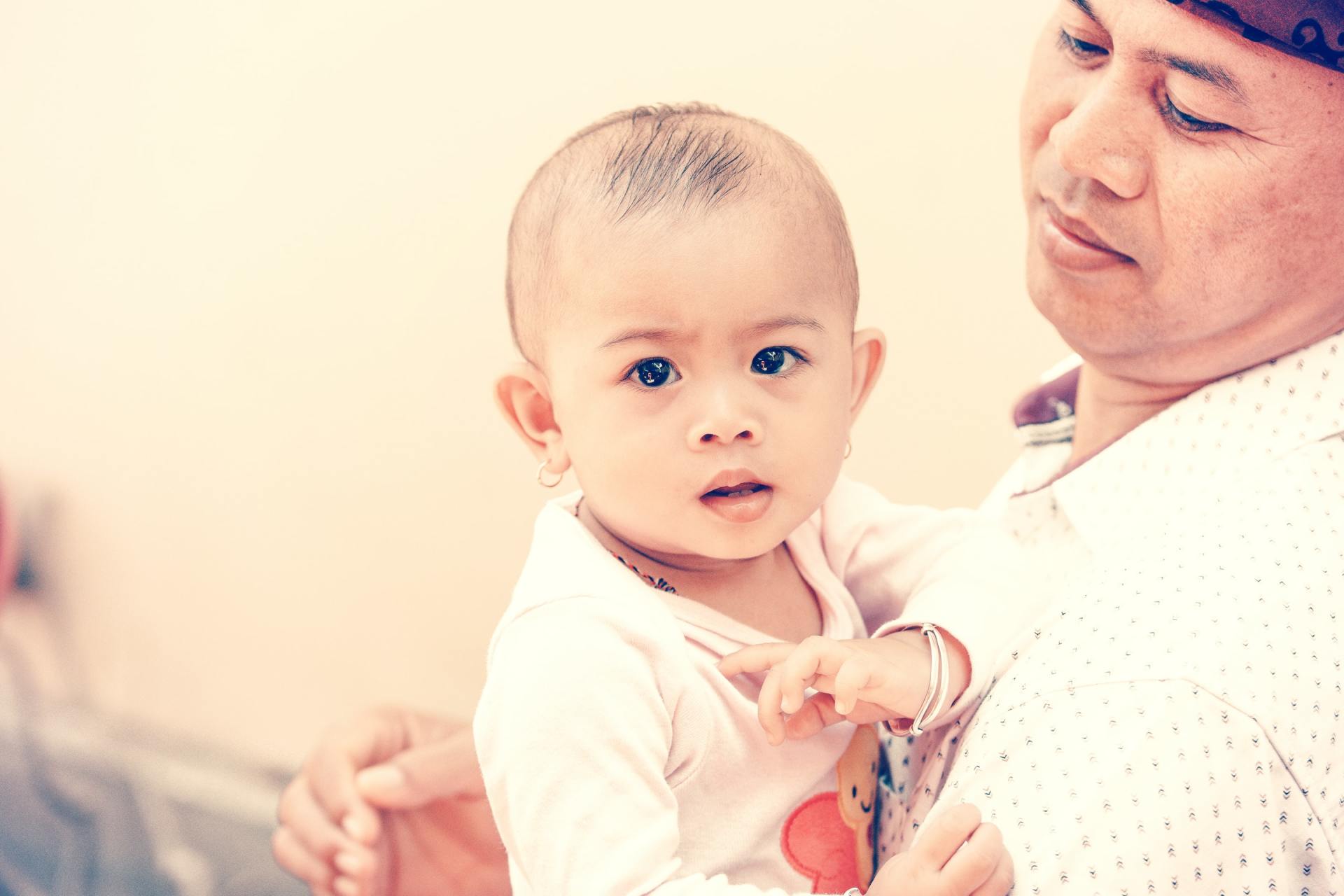
Although young babies don’t understand the meaning of your words, they understand a lot by the way that you touch and hold them. They also learn from the expression on your face, the tone of your voice and the gestures that you make. Remember it is by talking to them that they learn words. Surround your baby with words when you feed, diaper and play with them.

